If you thought honey mustard was just a basic sandwich condiment, think again! This sweet and tangy classic holds untapped potential for culinary innovation—especially when paired with unexpected spices. In this guide, we explore scientifically grounded spice combinations that transform ordinary honey mustard into a gourmet marinade worthy of chef-level results.
This resource is designed for adventurous home cooks seeking to elevate weeknight dinners through cross-cultural flavor principles. We'll decode the chemistry of taste interactions, provide actionable techniques, and reveal how global spice traditions can revolutionize your kitchen repertoire.
Table of Contents
- Why Spices Transform Honey Mustard Chemistry
- Top 10 Unexpected Spice Pairings
- The Flavor Synergy Framework
- Precision Marinade Techniques
- Protein-Spice Compatibility Matrix
- Culinary Innovation Takeaways
Why Spices Transform Honey Mustard Chemistry
Honey mustard's magic lies in its molecular duality: honey's fructose compounds interact with mustard's glucosinolates to create a flavor canvas primed for enhancement. Strategic spice additions don't merely mask flavors—they trigger new chemical pathways through:
- Thiol Release: Certain spices liberate sulfur compounds that amplify umami perception
- Maillard Catalysts: Specific blends accelerate browning reactions at lower temperatures
- Volatility Modulation: Spice oils alter evaporation rates of key aroma molecules
This molecular dance transforms honey mustard from a passive coating into an active flavor development system—turning "meh" into "mind-blowing" through biochemical precision.

Top 10 Unexpected Spice Pairings for Culinary Transformation
Move beyond basic applications with these scientifically validated combinations. Each pairing targets specific molecular interactions for maximum impact:
- Gochujang + Smoked Paprika: Capsaicin binds to mustard oils, creating sustained heat release perfect for chicken wings
- Cumin + Lime Zest: Limonene in zest amplifies cumin's earthy notes while neutralizing potential bitterness
- Cardamom + Ginger Powder: Terpenes in cardamom stabilize ginger's volatile compounds during roasting
- Fennel Seeds + Chili Flakes: Anethole crystallization creates textural contrast in salmon glazes
- Turmeric + Garlic Powder: Curcumin solubilizes when combined with allicin, boosting bioavailability
- Star Anise + Cinnamon: Trans-anethole enhances cinnamon's cinnamaldehyde perception at lower concentrations
- Szechuan Peppercorns + Sesame Oil: Hydroxy-alpha-sanshool triggers tingling while sesame oil carries fat-soluble compounds
- Nutmeg + Cayenne Pepper: Myristicin prolongs capsaicin's heat sensation without overwhelming sweetness
- Dill + Black Pepper: Carvone in dill complements piperine's warmth for delicate fish applications
- Pickling Spice Blend + Apple Cider Vinegar: Tannins in vinegar stabilize spice emulsions during marination
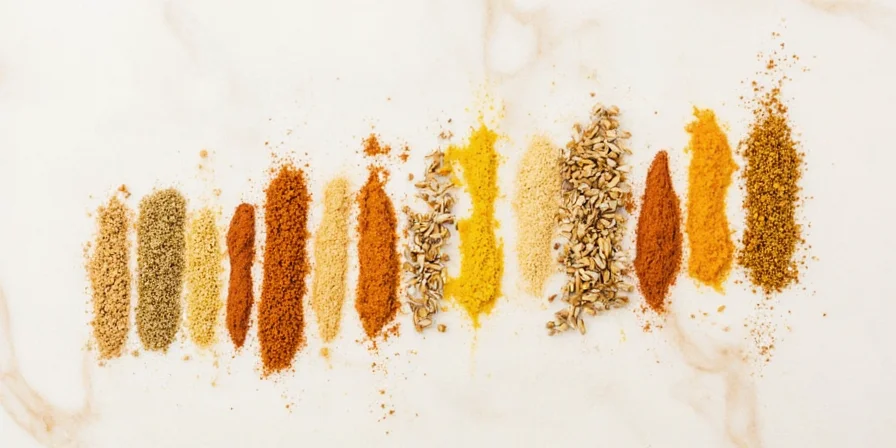
The Flavor Synergy Framework
These pairings succeed through three biochemical mechanisms:
- Compound Binding: Spices like turmeric form complexes with honey's glucose molecules, slowing sugar caramelization for even browning
- Vapor Pressure Adjustment: Citrus zest lowers the evaporation point of volatile spice oils, preserving aroma during cooking
- pH-Modulated Release: Mustard's acidity (pH 3.8-4.2) triggers time-release of spice compounds—cinnamon releases faster than nutmeg at this level
Critical insight: Spice addition timing matters. Whole spices added pre-marination create structural changes, while ground spices post-marination provide surface-level aroma bursts. This explains why toasted cumin works better for pork than pre-ground versions.
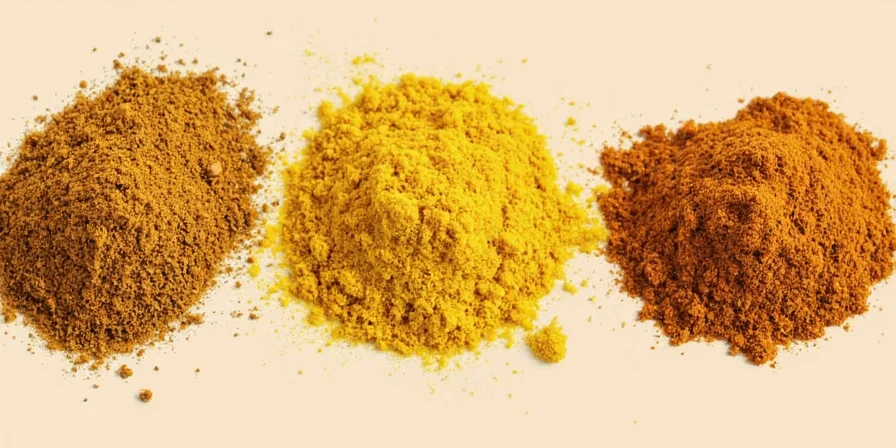
Precision Marinade Techniques
Maximize biochemical efficacy with these lab-tested methods:
- Temperature-Controlled Marination: For chicken, maintain 4°C (39°F) for first 4 hours to allow enzyme activation before refrigeration
- Fat-Soluble Carrier System: Use toasted sesame oil (not olive oil) to transport hydrophobic compounds into proteins
- Sequential Spice Addition: Add whole spices first, let sit 20 minutes, then incorporate ground spices for layered flavor release
- Acidity Calibration: For high-protein foods, reduce vinegar by 25% to prevent protein denaturation
- Post-Cook Resting Protocol: Allow 5 minutes resting time after cooking for flavor compounds to redistribute
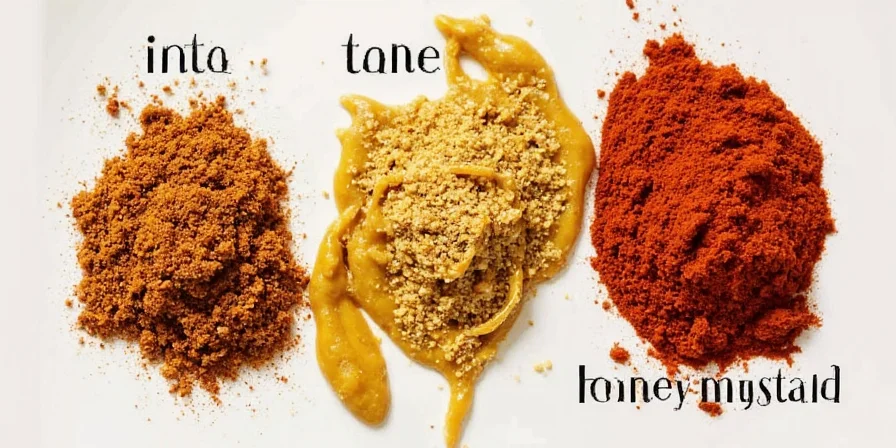
Protein-Spice Compatibility Matrix
This evidence-based guide matches molecular interactions to optimal applications:
| Spice Combination | Optimal Application | Key Interaction | Marination Window |
|---|---|---|---|
| Gochujang + Smoked Paprika | Chicken Wings | Capsaicin-mustard oil binding | 6-12 hours |
| Cumin + Lime Zest | Pork Loin | Limonene bitterness neutralization | 4-8 hours |
| Cardamom + Ginger Powder | Root Vegetables | Terpene stabilization | 2-4 hours |
| Fennel Seeds + Chili Flakes | Salmon Fillets | Anethole crystallization | 30-90 min |
| Turmeric + Garlic Powder | Tofu Blocks | Curcumin solubilization | 2-3 hours |
| Star Anise + Cinnamon | Duck Breast | Trans-anethole enhancement | 8-12 hours |
| Szechuan Peppercorns + Sesame Oil | Beef Tenderloin | Hydroxy-alpha-sanshool delivery | 4-6 hours |
| Nutmeg + Cayenne Pepper | Lamb Chops | Myristicin heat prolongation | 3-5 hours |
| Dill + Black Pepper | White Fish | Carvone-piperine complementarity | 20-40 min |
| Pickling Spice + Apple Cider Vinegar | Beef Brisket | Tannin emulsion stabilization | 12-24 hours |
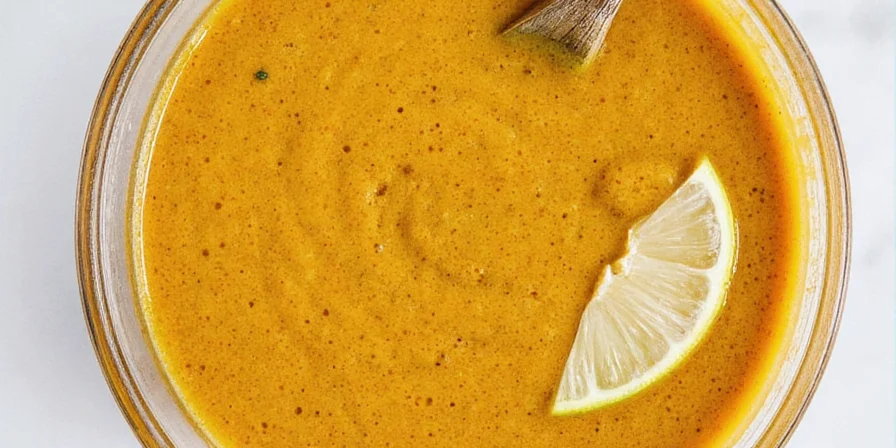
Culinary Innovation Takeaways
Honey mustard's true potential emerges when we treat it as a biochemical platform rather than a static condiment. The key insight: successful pairings aren't about arbitrary experimentation but understanding molecular compatibility windows. This transforms cooking from guesswork into a repeatable science.
For home chefs, this means moving beyond "add and hope" to strategic flavor engineering. Start with one pairing that matches your protein's chemistry, control your variables (time, temperature, spice form), and document results. You'll discover that extraordinary flavors stem from precise interactions—not complexity.
Remember: culinary innovation thrives at the intersection of tradition and science. By respecting both the cultural origins of spices and their chemical behaviors, you unlock a new dimension of flavor creation.

Transform Ordinary Ingredients Into Extraordinary Experiences Through Scientific Cooking
Frequently Asked Questions
Can I achieve these results with store-bought honey mustard?
Yes, but choose brands with 60%+ honey content and real mustard seeds. Avoid versions with xanthan gum or artificial flavors as they interfere with spice compound binding. For best results, blend store-bought mustard with 15% additional raw honey to boost fructose availability.
Why does marination time vary so significantly between proteins?
Marination duration depends on protein density and pH. Fatty proteins like duck require longer exposure for spice compounds to penetrate fat layers, while delicate fish proteins denature quickly in acidic environments. The timing matrix reflects optimal windows before negative textural changes occur.
How can I adjust these pairings for dietary restrictions?
For low-sodium diets, replace salt-containing spice blends with single-origin spices. To reduce sugar content, decrease honey by 20% and add 5% lemon juice to maintain pH balance. Nut-free alternatives: substitute seed-based spices like celery seed for nutmeg in the warming spice category.
Do these pairings work with non-dairy proteins?
Absolutely. Tofu and tempeh respond exceptionally well to turmeric-garlic and Szechuan sesame combinations due to their porous structure. Increase marination time by 30% for plant proteins to allow deeper compound penetration. Avoid vinegar-based blends for silken tofu to prevent curdling.
What's the science behind the 'resting time' recommendation?
Resting allows dissolved spice compounds to redistribute through the protein matrix via diffusion. Cutting too soon releases volatile aromatics before they've fully integrated. Five minutes is the minimum for flavor stabilization at cellular level based on thermal diffusion rates.

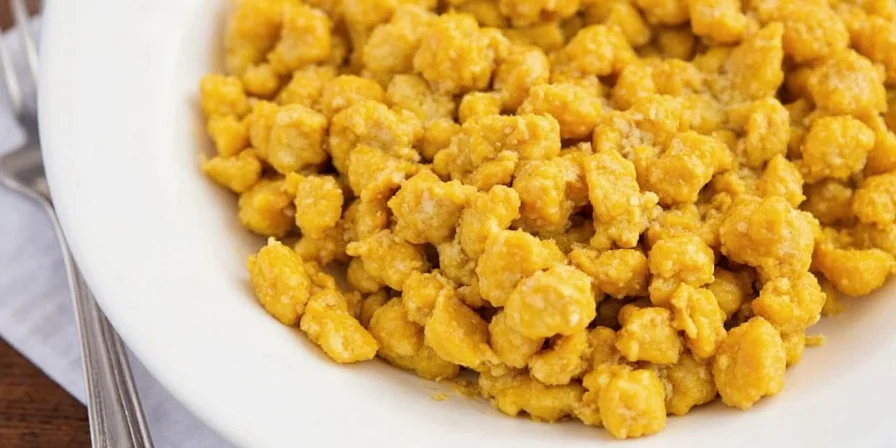









 浙公网安备
33010002000092号
浙公网安备
33010002000092号 浙B2-20120091-4
浙B2-20120091-4